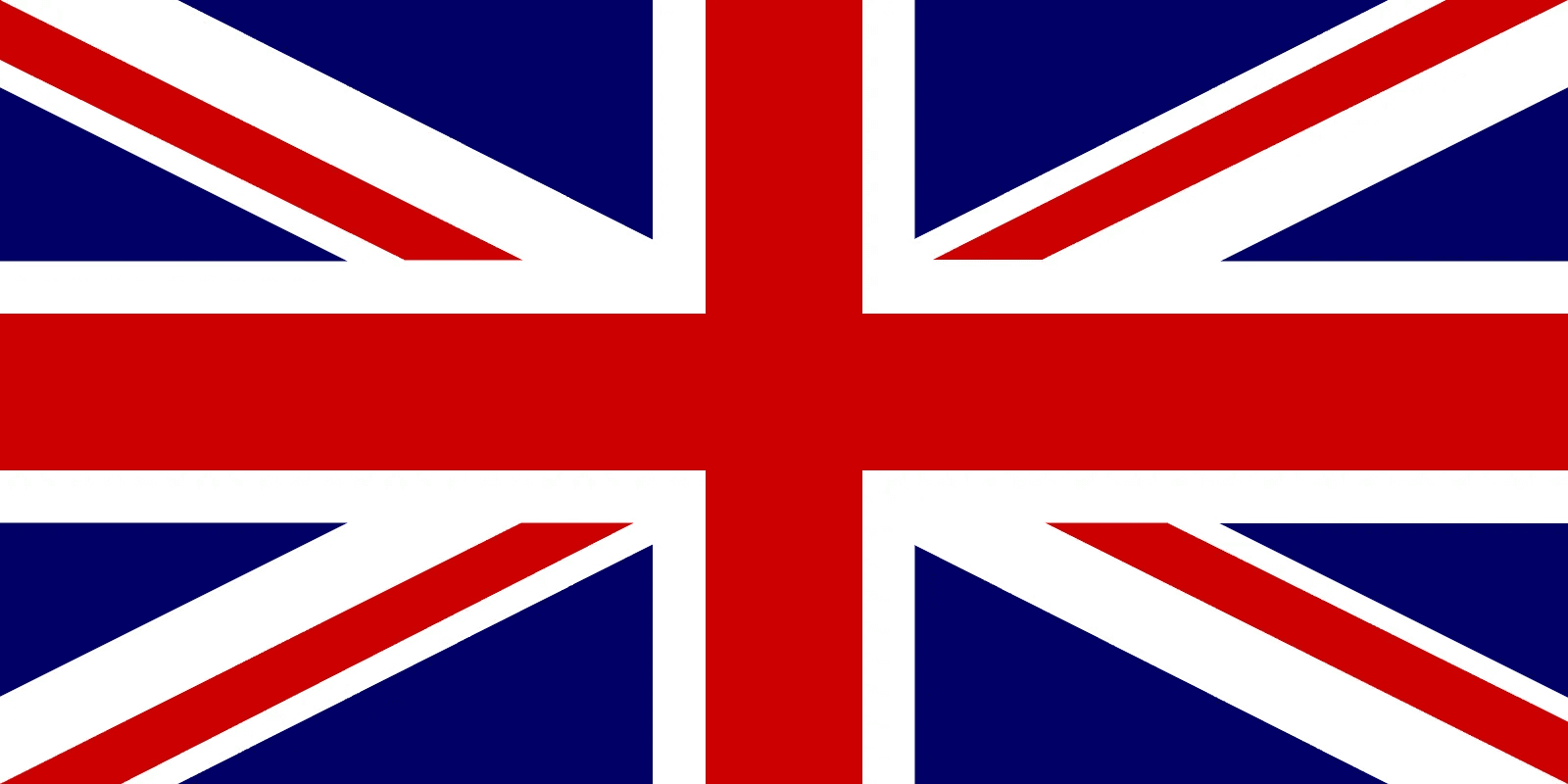5 Simple Exercises To Prep You For Your First Jetski Experience
Nov 21, 2021
Contrary to popular belief, riding a jetski isn’t as simple as just sitting down while the personal watercraft does all the work. Controlling the jetski requires the use of core muscles in your body. Muscles on your upper torso deal with maneuvering while your thighs and legs keep you stable, especially when dealing with strong waves. To prepare you for your first jetski trip, here are five easy exercises to keep the post-jetski soreness to a minimum.
Squats
This move primarily works the muscles on the hips, thighs, buttocks, and the calves. To do a squat correctly, first, stand upright with your feet about a hip’s width apart. Then, flex the muscles in your stomach while maneuvering to a sitting position with your chest up and shoulders back. Aim to bend your knees as close to a 90-degree angle. Keep your arms in front of you for balance. Then, slowly straighten your legs to your original position. For beginners, do at least 15 reps for 3 sets to see effective results.
Jump Ropes
Using jump ropes as a form of workout is an effective way to work the arms, abs, and the legs at the same time. For strength training, a heavy jump rope at about 2-4 kg is the go-to for an effective workout session. The proper stance in doing jump ropes involves keeping your hands as symmetrical as possible. You must also aim to make minimal movement in your elbows and shoulders. Most of the jump rope rotation work must come from the wrists. Effective jumping requires minimal space between your shoes and the ground at only about 1-2 inches. Start your workout by keeping your feet close when making your first jump. Make sure to keep your knees slightly bent to relieve tension from the feet and the calves. Keep your spine neutral and your shoulders pulled back at all times. It could take a few tries to get the groove right so keep these guidelines in mind and patiently repeat the move until you get comfortable. Thirty minutes of jump rope should do in preparing you for your first jetski session.
Planks
The plank is an easy core workout that you can do almost anywhere. It’s the simplest to do as it requires very minimal movement but it packs quite the punch when it comes to working your body. It strengthens your abs, your shoulders, and the muscles on your hips and glutes. To do a plank, position yourself on the floor (or an exercise mat) facing down. Clasp your firsts and push your elbows into your sides. Rest your forearms parallel to the floor and tuck your toes under. Then, push your weight up until it’s resting only on your forearms and feet and keep yourself as straight as possible. Hold this position for about 20-30 seconds and gradually increase the duration for more effective results.
Arm Circles
Even the most seasoned pros feel soreness in their arms after a jetski session. To save yourself from the aches, try arm circles. This is a no-fuss workout that doesn’t require any special equipment. To do arm circles, stand with your feet about shoulder-width apart. Extend your arms sideways to form a T. Then, slowly rotate your shoulders and arms as if drawing circles. You can rotate forwards or backwards. Repeat 10 times and try to reverse your direction for variety. Three sets of arm circles should be enough in working your forearms effectively.
Squeeze Ball Exercise
Grip exercises are often overlooked when it comes to pre-jetski workouts. Your hands do a lot of work in operating your PWC so make sure not to skip them in your routine. Effective hand exercise can be achieved by the use of a squeeze ball. Simply squeeze the ball all the way to your palm and repeat the move for at least 20 times each hand.
Do these simple workouts in the comfort of your own home for a pleasurable, uninterrupted jetski experience. Steer clear of those bad cramps and post-session aches with a few simple steps. For a more broad understanding of the best exercises to prepare you, consult with your jetski instructor.





